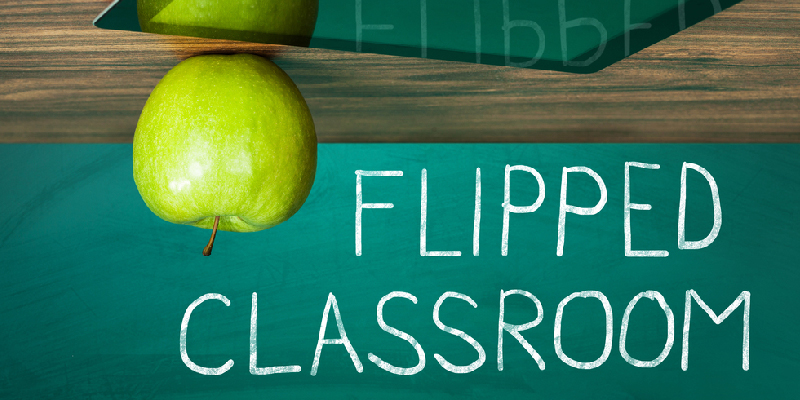The concept of flipping classrooms seems to be a hot, new trend in K-12 instruction. The simplest definition of a flipped classroom is when a teacher first introduces a new concept to students at home through some type of digital format and the students then participate in reinforcing activities (projects, collaboration, discussion) in the classroom later. But how new is the idea of flipped classrooms? And why isn’t it catching on more quickly?
At the FACTS | RenWeb Power Conference this past July, I taught a class called “Flipped Classrooms 101”. The class was attended by both administrators and teachers and there was a wide range of technical prowess represented in the room. Some teachers were very familiar with many of the latest classroom technology tools and knew how to incorporate them seamlessly into the learning experience, while others were still trying to figure out the best way to take the first step towards placing course content into a learning management system (LMS).
As I was going through the presentation, there were many excellent comments from teachers and administrators on how they’ve successfully overcome challenges that are inherent in implementing new classroom technology. But, at one point, a teacher raised her hand and said, “Based on what you’re saying, it sounds like I’ve been doing a flipped classroom for years without even knowing it!” That was the light bulb moment for a lot of teachers in that session. The idea of using the classroom as the epicenter for interactive, differentiated learning is not new. However, the concept of being able to provide instruction for students in a digital environment is the novelty that makes flipping classrooms such an intriguing methodology for today’s teachers.
To begin exploring the flipped classrooms movement, teachers should follow two basic steps: First, implement tools like Quizlet, Pear Deck, and Edpuzzle, and think about ways to shift analog curriculum materials onto those platforms. Secondly, think more about content organization and how resources can be deployed to students using an LMS.
While the idea of promoting greater differentiated instruction in the classroom is not new, there are so many reasons to take a closer look at flipped classroom methodology and the benefits it can bring to the learning and instructional experience for students and teachers alike.
Jeremy Penner, Director, K-12 Product

